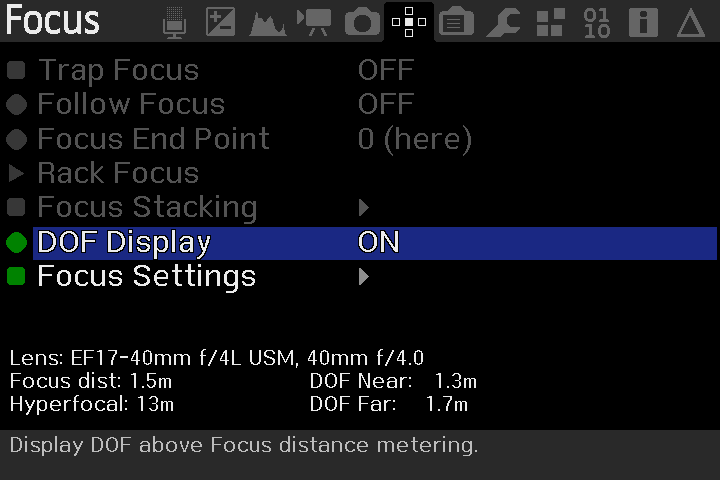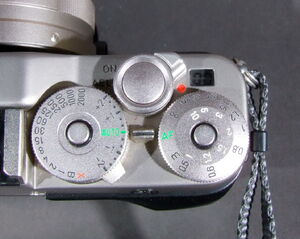Anyone want too see some burned equipment from this last solar eclipse?
https://www.lensrentals.com/blog/2017/09/rental-camera-gear-destroyed-by-the-solar-eclipse-of-2017/
If you ever use an old rangefinder this can happen to a camera just lying in the sun because you're focusing the light onto the cloth shutter. Remember to use the lens cap!
Crazy how strongly that 400mm focused the sun. I can see burning the sensor from a long exposure, but it burned everything including the mirror mechanism.


